The Russian Astronaut Was Left Stranded In Space For 30 Years – Finally Returns Home
On May 18, 1991, Sergei Krikalev, a Soviet cosmonaut, traveled to the Mir space station from Kazakhstan. Krikalev’s mission was supposed to last about 100 or so days, at which time he would return to the USSR. But during his mission, in December of 1991, the USSR broke apart into fifteen different independent states.
Because of this political upheaval, Krikalev had to remain in space for 311 days. Here is his story.
A Well-Trained Cosmonaut
Sergei Krikalev earned a degree in mechanical engineering from what was then called the Leningrad Mechanical Institute (now it is called Baltic State Technical University). After graduation in 1981, he joined a Soviet industrial organization involved in manned space flight activities.

Source: Wikimedia
His job included testing equipment, developing methods for space operations, and working in ground control. Krikalev was chosen to serve as a cosmonaut in 1985 and in 1988 began training for his first flight to the Mir space station.
Calm and Collected
Krikalev showed his talent for grace under pressure early in his career. In 1985, while working in ground control for the Soviet space program, a near-tragedy occurred. The Soviets lost contact with their Salyut-7 space station.

Source: Picryl
Sergei Krikalev was one of the team members that planned an incredible in-orbit rescue mission to save his colleagues. He was awarded his cosmonaut wings after that, and by 1988, he’d already completed his first flight, a mission to the new Mir station.
The Experienced Cosmonaut
Kirkalev served as flight engineer for a very long jaunt of 151 days in November 1988 aboard the Soyuz TM- 7. He and fellow cosmonaut Valeri Polyakov remained onboard to conduct experiments until April 1989.
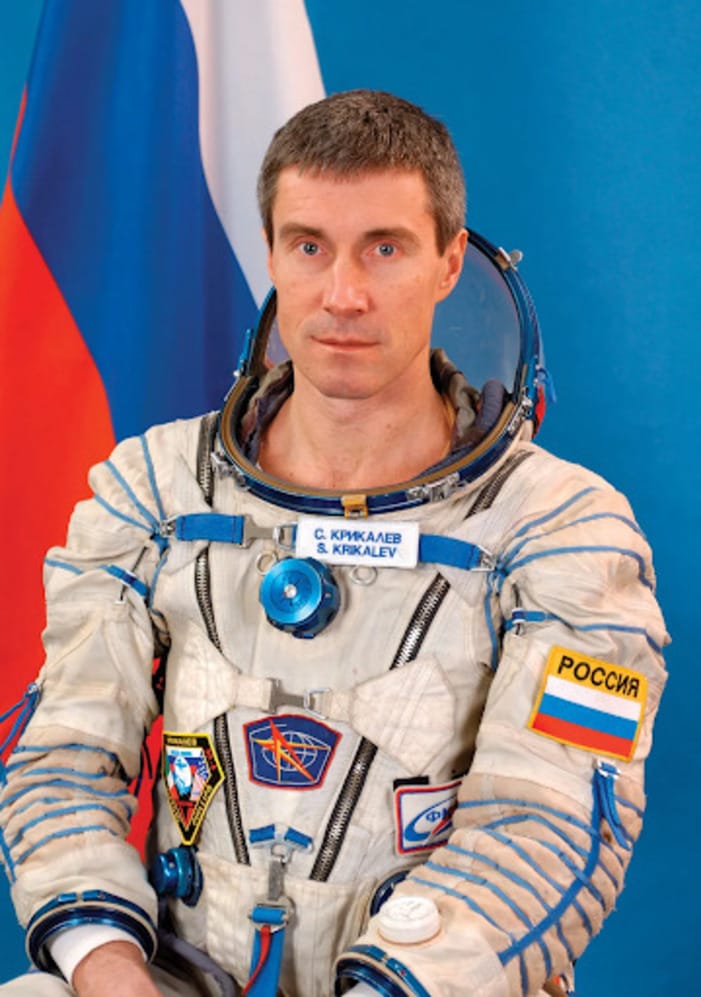
Source: Encyclopedia Britannica
In April 1990, Krikalev began preparing for his second flight as a member of the backup crew for the eighth long-duration Mir mission, which also included five EVAs (extravehicular activities) and a week of Soviet-Japanese operations. In December 1990, Krikalev began training for the ninth Mir mission which included training for ten EVAs.
Preparation for the May 1991 Mission
In the spring of 1991 Kirkalev spent his days performing preparatory activities for the mission. There was regular exercise, practice EVAs, testing equipment, and learning more about the Mir space station.
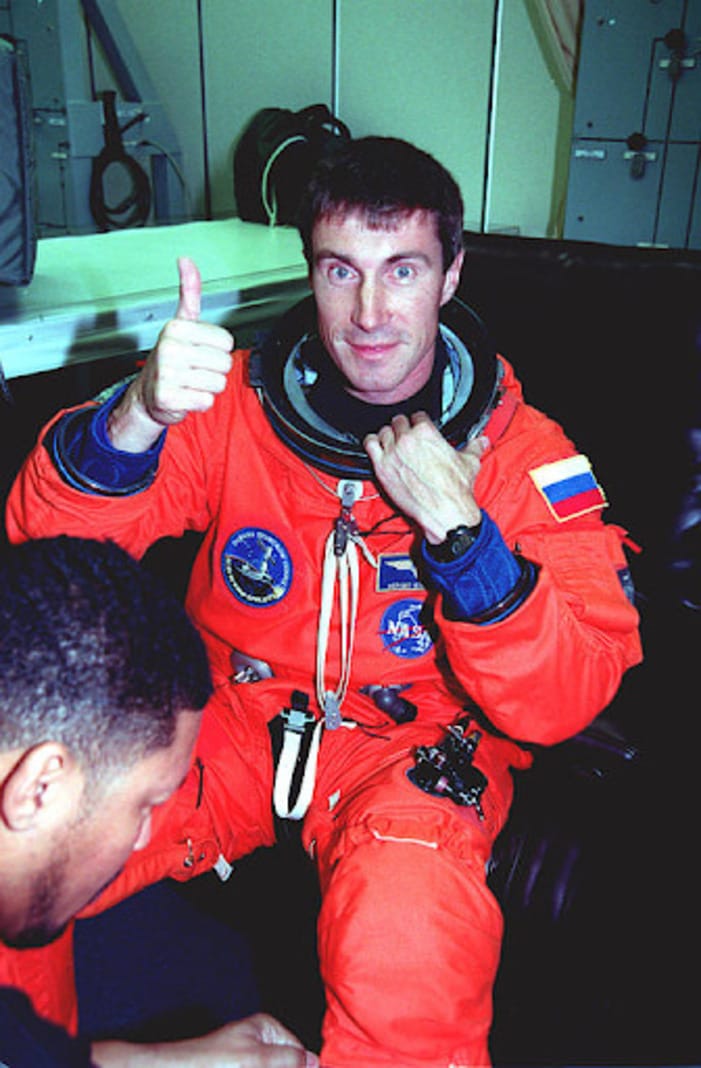
Source: Wikimedia
As a dedicated cosmonaut with extensive training, he knew that he could never practice or learn too much. He and his fellow cosmonauts had rigid testing and fitness routines that kept them busy all day in their training facility. He wanted to prepare for this mission carefully, but little did he know how his training would be tested.
The Mission Begins - May 18, 1991
Krikalev and fellow cosmonaut Anatoly Artsebarsky, along with a British astronaut named Helen Sharman began their space expedition on that day from Kazakhstan. At that time, Kazakhstan was one of the Soviet Socialist Republics.
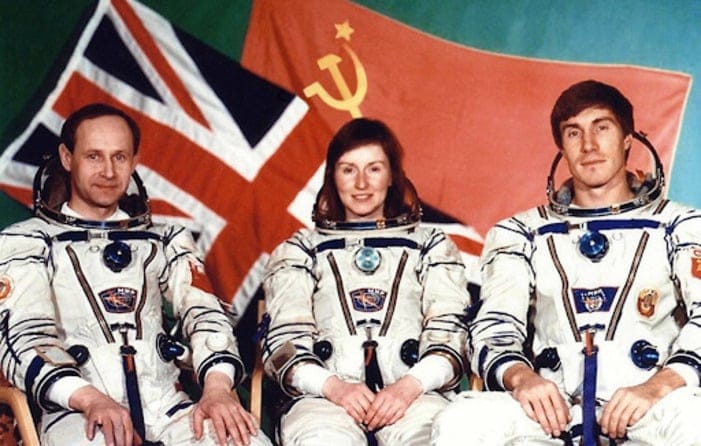
Source: Facebook
Cathleen Lewis of the National Air and Space Museum explains their mental state at the time of liftoff: “Cosmonauts, as astronauts, are generalists, and they’re there to tend to scientific experiments,” The three travelers intended to complete their assigned tasks, maintain the space station, and then return home, mission completed.
What was Happening in the Soviet Union?
To understand the breakdown of the Soviet Union, one must go back to at least 1987 when President Mikhail Gorbachev, who was the General Secretary of the Communist Party, introduced democratic and economic changes.
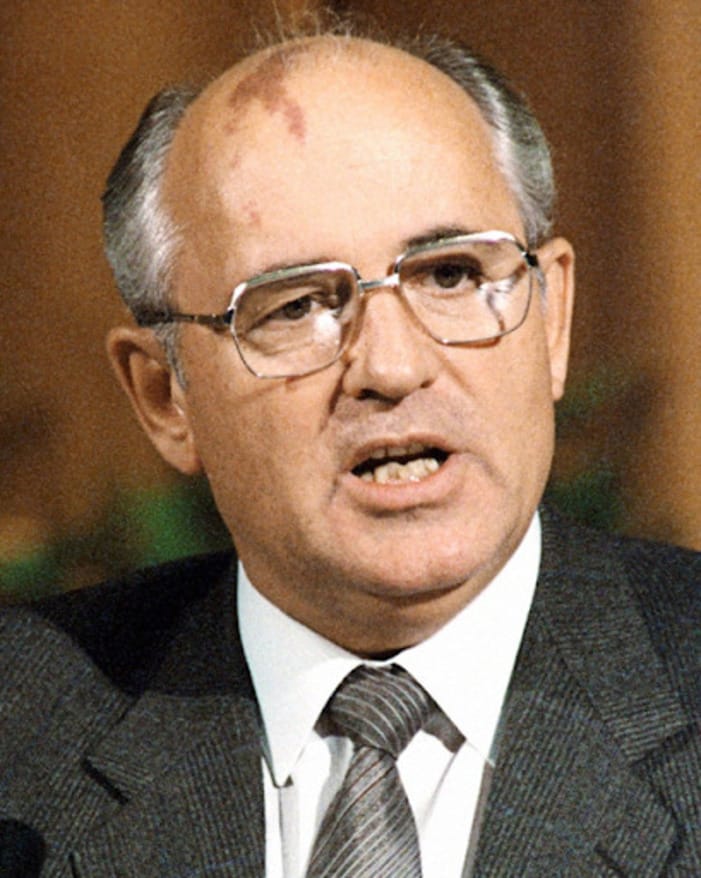
Source: Wikimedia Commons
These changes changed the amount of control that the Communist party had over all of the nations included within it, including the Kazakh Soviet Socialist Republic. Many members of the Communist party were unhappy with these changes and staged a coup in August 1991 which failed.
Things continue to Change
Even though the coup was attempted, failed, and Gorbachev was still in power, the country was in turmoil and became weaker economically and politically. It looked like the Soviet Union had lost its strength.
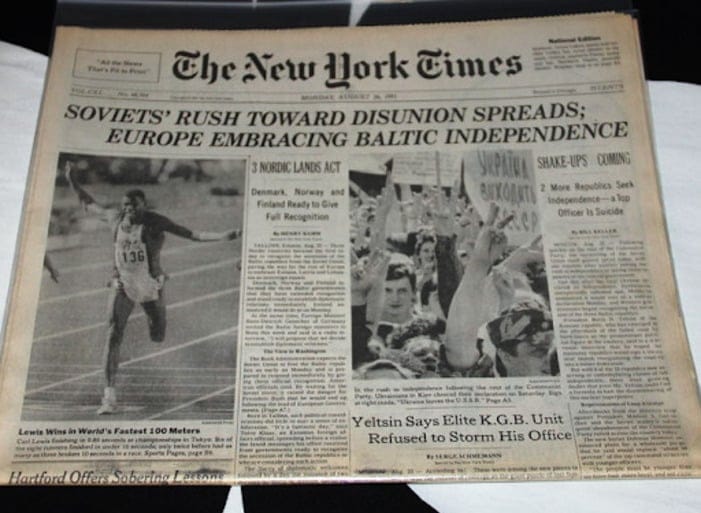
Source: Flickr
By December, the republics began to break apart and create the Commonwealth of Independent States. This change was led by Belarus, Ukraine, and Russia, and signed by nine other former republics. On Christmas Day 1991, Gorbachev decided that he no longer had control of the USSR and resigned as president.
USSR Dissolved
The Union of Soviet Socialist Republics had now dissolved into many independent states. This meant that the state from which Krikalev and his fellow cosmonauts had left for their mission, Kazakhstan, was no longer part of the USSR.
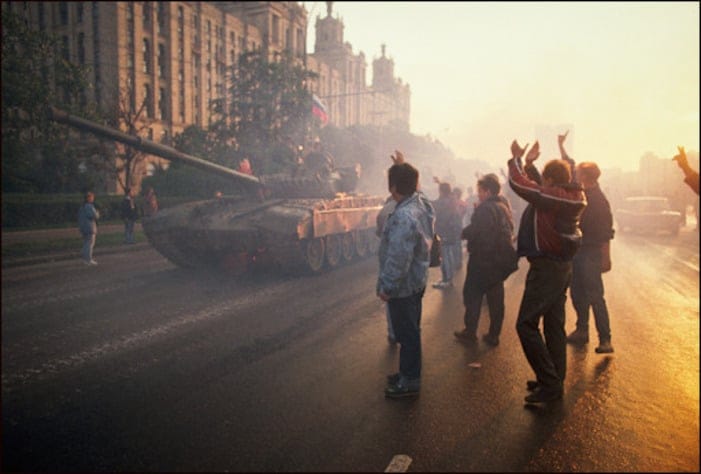
Source: Getty Images
As military tanks rolled through Moscow’s Red Square trying to keep order Sergei Krikalev was 350 kilometers away from Earth on the Mir space station. The press nicknamed him “the last citizen of the USSR.” Krikalev was told that he could not return home because the USSR, which had sent him into space, no longer existed.
Krikalev’s Reaction
“For us, this came as a complete surprise,” Krikalev would recall. “We did not understand what was happening. When we were discussing it, we tried to understand how it would affect the space industry.”

Source: Flickr
Krikalev understood that his homeland was in crisis and that since he was safe in the space station, there was probably no urgency on the part of the ground control team to bring him home. He also understood that the money needed to spend on space missions was probably being redirected to political and internal needs.
Now What?
While the British astronaut had left the space station about a week after it started, Krikalev and Volkov were still on board. Both men were now part of a space program that no longer existed.

Source: Getty Images
With the complete chaos reigning in the country, the space industry was severely affected. Krikalev immediately asked when he could return and was told to wait a month for a response. When he asked again a month later, he got the same response.
Now He Waits
Actually, Krikalev could have left the space station. There was a Raduga re-entry capsule sitting in the station which was the vessel in which he could have returned to Earth. But he knew that if he left the Mir station, no one else would be there to maintain it.

Source: Volkov/TASS
Kirkalev was devoted to his mission, no matter what was going on in his home country. Despite the political upheaval, he had a task to complete – the maintenance of the space station. He could not abandon it without knowing when he or someone else would return.
The Effects of Prolonged Space Travel
As mission control kept asking Krikalev to stay on the space station longer and longer, he and his colleagues on the ground worried about his health. He stated to Discover Magazine that, “They say it’s tough for me — not really good for my health. But now the country is in such difficulty, the chance to save money must be (the) top priority,”
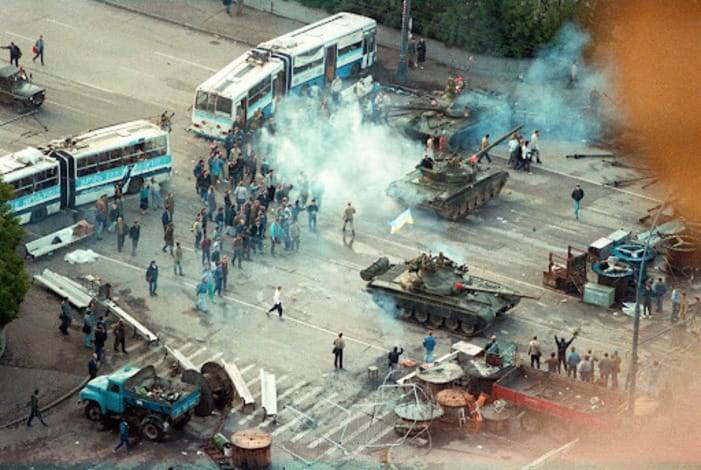
Source: Getty Images
He and his medical team worried about effects such as muscle atrophy, radiation, cancer risk, and his immune system becoming weaker with every passing day, which are just some of the possible consequences of a protracted space mission. mission.
Ongoing Crisis in Russia
During this period Russia was suffering from inflation and was trying to sell other countries seats on the Soyuz rocket to the Mir space station. For example, Austria bought a seat for $7 million, while Japan purchased one for $12 million to send a TV reporter there.
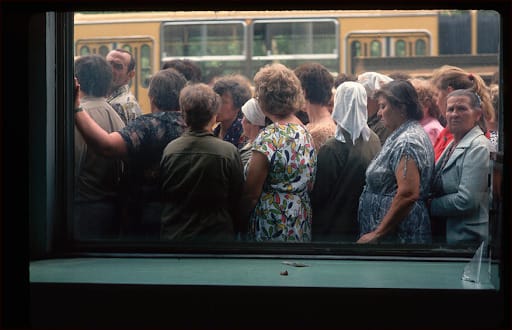
Source: Getty Images
Russia even considered selling the space station. However, even if that happened Krikalev, who was the only flight engineer, would have to remain while the other cosmonauts could return home. He was literally stuck in space.
One Ongoing Comfort
Krikalev did have one bright moment each week that helped his spirits. Each week he and his wife spoke to each other over the radio. His wife Yelena worked for the Russian Aviation and Space Agency, where the couple had met.

Source: National Archives
They had a 9-month-old daughter and Yelena tried to keep the conversations light and avoid the difficulty she was having just living day to day. Feeding herself and her child was difficult for Yelena, seeing that, because of the financial crisis, Krikalev was only paid about 600 rubles each month ($4.80 in today’s money).
What Was Happening to Kazakhstan In the Meantime?
While Krikalev was in space, the area where he was supposed to land after the mission had become part of an independent republic. Following a referendum in March of 1991, the Kazakh people decided to formalize their break from the Soviet Union.
Kazakhstan declared independence on December 16, 1991.
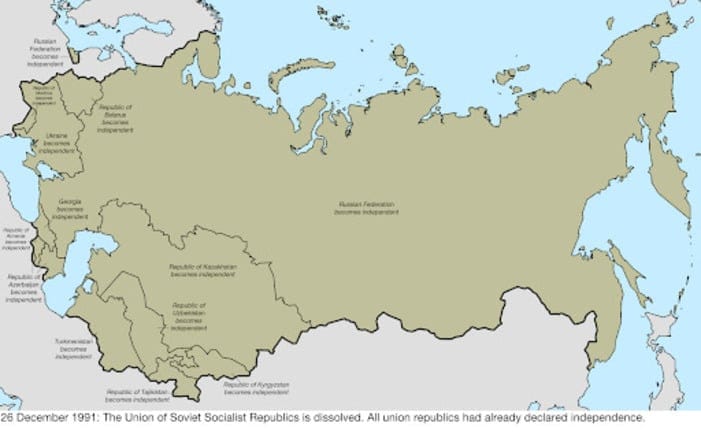
Source: Wikimedia Commons
In fact, Kazakhstan was the last Soviet republic to declare independence. Ten days later, the Soviet Union itself ceased to exist. With that decision, Krikalev officially had to reconsider any plans to land in what was no longer Russian territory.
What Was Happening to Krikalev’s Home, Leningrad?
Krikalev kept informed of all of the changes happening on Earth while he worked in the space station. It was shocking to him that he had left the USSR and was not coming home to the same country. In fact, his home city of Leningrad had changed its name to St. Petersburg.
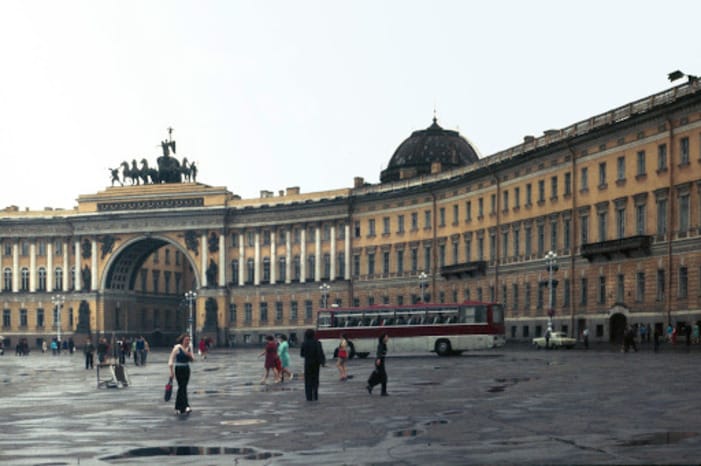
Source: Wikimedia commons
It must have been mind-boggling for Krikalev to comprehend that while he was in space, the size of his home country had decreased by more than 5 million kilometers.
Krikalev Takes it All in Stride
Krikalev really didn’t have much choice but to carry on with his mission and hope that he would be back on Earth as soon as possible. There were so many changes to understand about what was happening, but he took it all in stride.
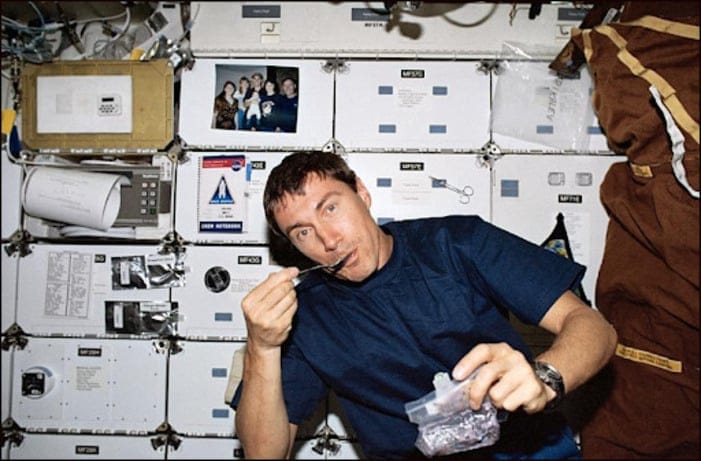
Source: Instagram
“The change is not that radical,” said at a press conference, “I lived on the territory of Russia, while the republics were united into the Soviet Union. Now I have returned to Russia, which is part of the Commonwealth of Independent States.”
The Work Goes On
The long delay in coming back to Earth did not earn Krikalev vacation time. Being on the space station meant constant work maintaining and checking its systems. He and his colleague Alexander Volkov even completed many extravehicular tasks.
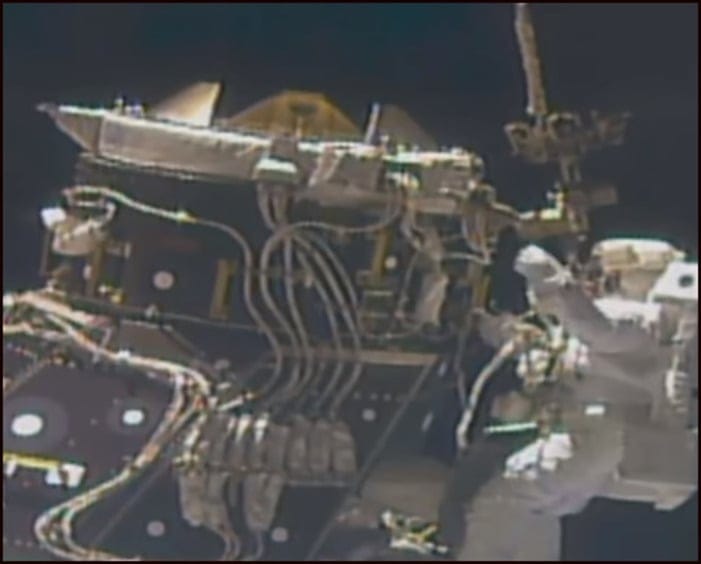
Source: Facebook
Krikalev and Volkov were often too busy to check on what was happening on the ground. Every day on the space station involved a list of checks and tests that had to be carried out in order to keep the vehicle in top condition.
The Cosmonauts’ Commitment
Krikalev and Volkov were totally committed to staying in Mir and keeping the station operable. Kathleen Lewis of the National Air and Space Museum said, “They were pledged to maintaining occupancy of the Mir, and it was continuously occupied for over 80 percent of the time that it was in orbit.”
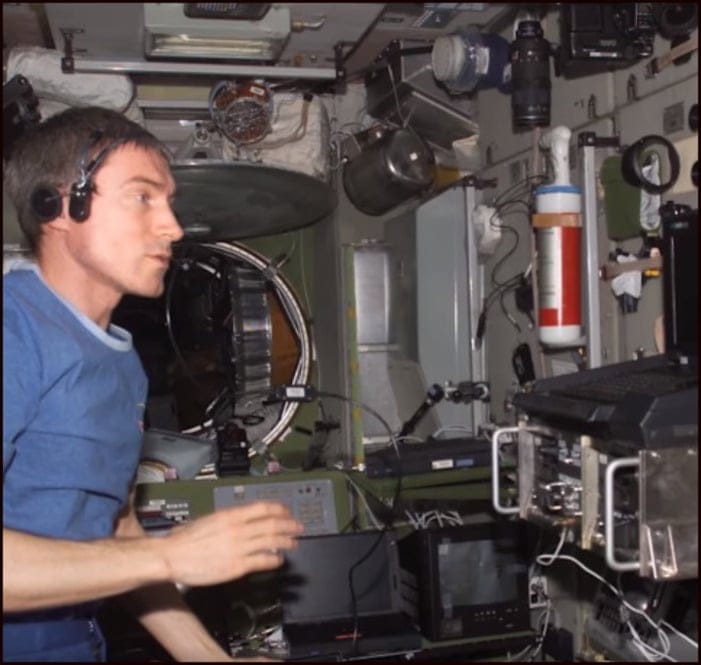
Source: Instagram
After all, Krikalev was one of the specialists who was working ground control when the Salyut-7 lost communications and was almost lost. He knew what it meant to keep everything in perfect working order, and was not about to let anyone down.
Keeping Themselves Occupied
Volkov and Krikalev had many activities to keep themselves busy in the space station, but also wanted to avoid mental fatigue. With no end to their mission in sight, the two needed to keep their spirits up.
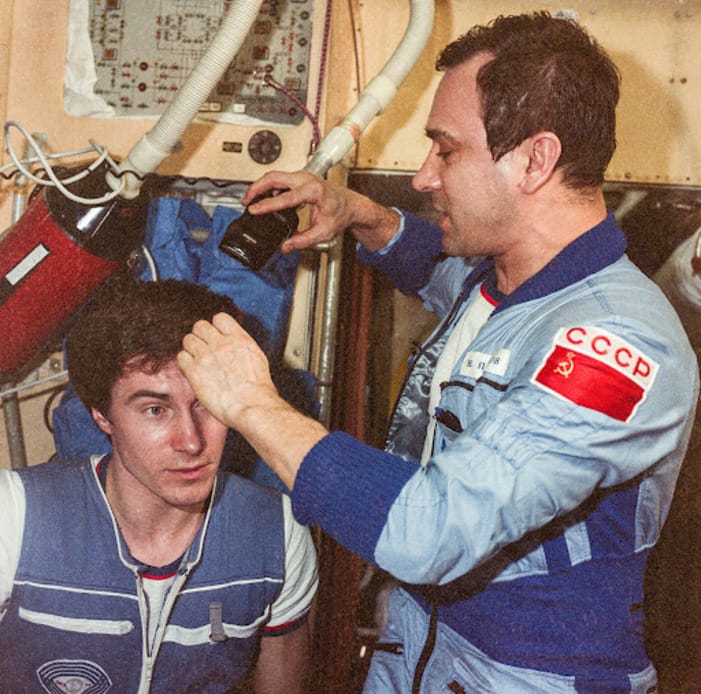
Source: TASS
They found ways to keep themselves entertained and in good shape, including exercising daily. It was important to keep their strength up since the long period in low gravity was very hard on their bodies. Several transports visited them during their long stay to keep them supplied with food and medications.
Remembering the Salyut-7
The Salyut-7 disaster taught the Soviet space program some valuable lessons. As Lewis says. “The USSR had learned its lesson about leaving the station unattended in the experience of the Salyut-7 space station.”
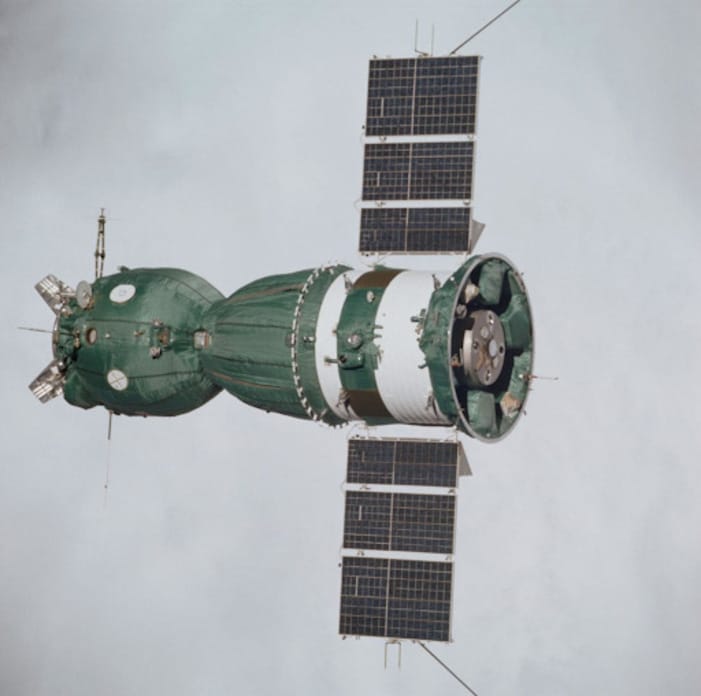
Source: Picryl
In 1985, the Salyut-7 station had been left unoccupied and then malfunctioned, tumbling out of control. It could have re-entered Earth’s atmosphere and crashed into the ground, harming innocent people. The craft was eventually brought under control; this was one lesson the Soviet space program would never forget.
The Return
Krikalev finally returned to Earth on March 25, 1992 after Germany paid $24 million to purchase a ticket for his replacement, Klaus-Dietrich Flade. One can only imagine the relief Krikalev felt to come home to his country and his family.
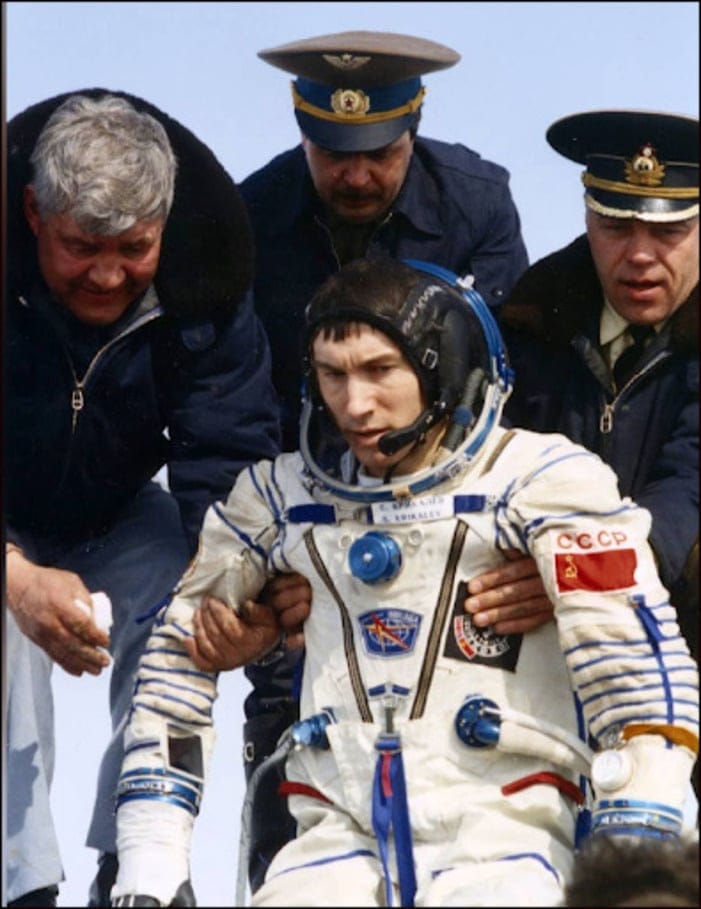
Source: Igor Mikhalev/Sputnik
That day, a pale, weakened man exited the Soyuz capsule. Several officers had to help him move due to his inability to withstand full gravity after the many months on the space station. This weakness would be a problem for the rest of his life.
A Bowl of Soup
When Krikalev was finally able to rest, he only asked for a bowl of soup and a place to stretch out. After living in the cramped space station for so long, he wanted to enjoy the feeling of being able to sit and stand without bumping into someone!
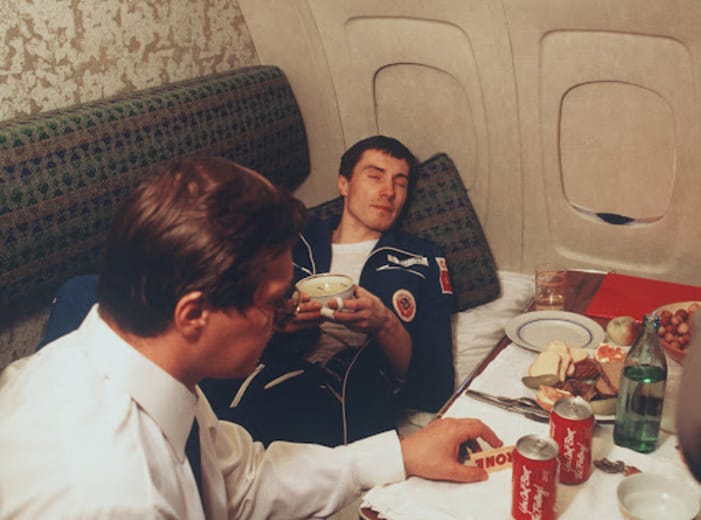
Source: Igor Mikhalev/Sputnik
His uniform had the letters “USSR’ on it, but the world breathed a sigh of relief as his colleagues helped him out of the capsule, gave him a warm coat, and handed him a bowl of soup.
Life After the Crisis
Sergei Krikalev was named a Hero of Russia after he landed and one might think he’d sworn off space flight forever. However, two years later he went on another space mission, accompanying US astronauts on a NASA shuttle.
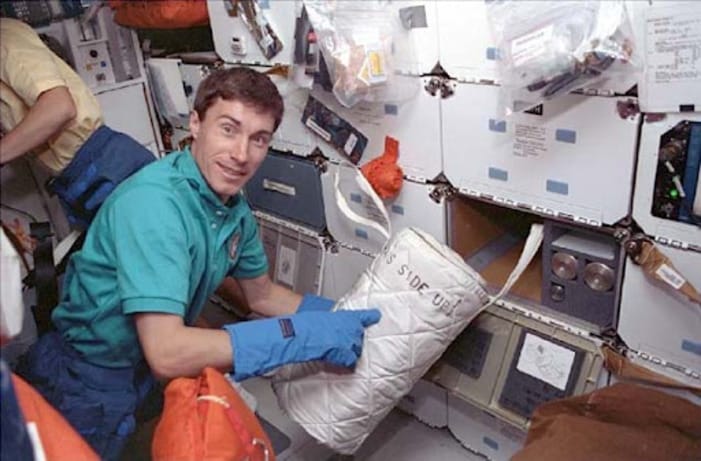
Source: NASA
After that mission was completed, he kept up his training for future missions. He was not in any way interested in ending his space career. All told, he spent 803 days and 9 hours and 39 minutes in space and completed eight spacewalks.
The New International Space Station
After his 311-day ordeal, Krikalev flew on multiple space shuttle missions through the 1990s. Then he was representing the newly named Russian Federation.

Source: inverse.com
He also was named commander of the International Space Station in 2005. And in 2007, Krikalev became the director of human spaceflight at the Russian state space agency, Roscosmos, a post he still holds. His dedication to the field of space exploration only strengthened after his 311-day ordeal, and he was not about to put a hold on his career.
Roscosmos
Roscosmos, the institution of which Krikalev was named director of human spaceflight, is the institution that runs the Russian space program. It was established in 2015 and is charged with carrying out all of Russia’s space efforts.
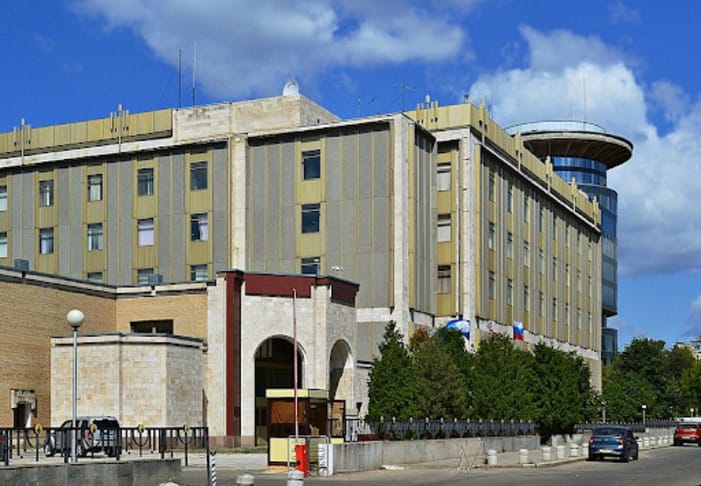
Source: Wikimedia
Roscosmos also manages the development and manufacturing of space equipment and technical needs and is involved in international space efforts. In 2017 Roscosmos and NASA signed a joint agreement to focus on deep space exploration, which led the way for other countries to co-sign the agreement and move forward together.
The International Space Station
The International Space Station (ISS) is the largest single structure humans have ever put in space. It represents efforts by many countries and was built between 1998 and 2011. It is a structure which is never really completed, as it continues to include new missions and experiments.
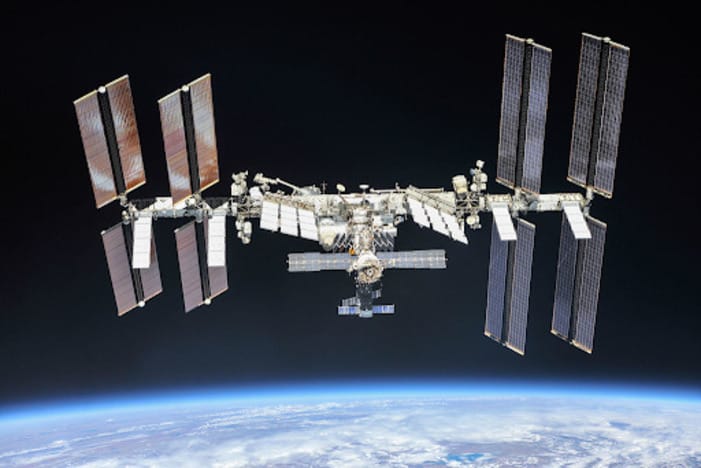
Source: Flickr
The ISS is a “co-operative programme” between Europe, the United States, Russia, Canada and Japan, so it is not owned by one single country. It costs about $3 billion per year for NASA to operate, and has been continuously occupied since Nov. 2, 2000.
Record-Holder
With his record of 803 days in space, Krikalev is third in ranking of most time in space, behind Cosmonaut Yuri Malenchenko (827 days) and Cosmonaut Gennady Padalka (878 days). He is still active in the space exploration community and is often invited to speak about his experiences.
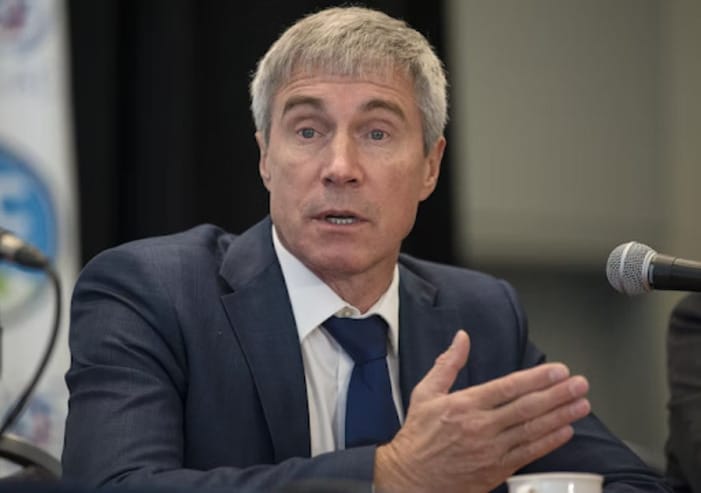
Source: Alamy
He is now in his sixties, and still lives with physical difficulties resulting from his prolonged time in space. He has to have regular bone density checks and other tests to ensure that he does not suffer any other infirmities.
A True Inspiration
Sergei Krikalev is not a household name, in fact many of you may never have heard of him. He never sought limelight or fame, but dedicated himself to his task and his love of space exploration.
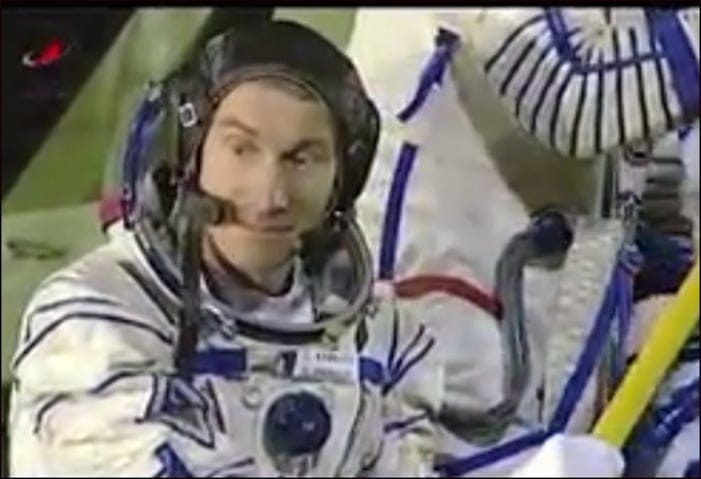
Source: Facebook
When faced with a seemingly insurmountable situation, he did not waver in his promise to do his job, and do it well. He simply kept at his task, accepting the situation, and making the best of it. He shows what it means to be a dedicated professional.
